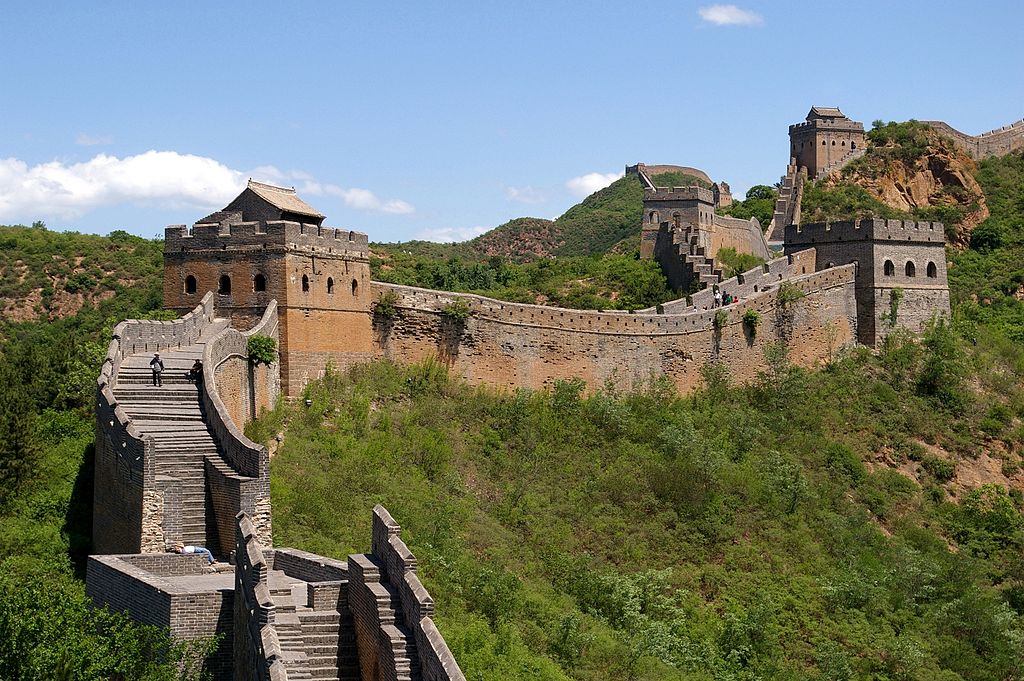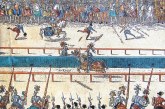
The Great Wall of China is the name given to a series of fortifications that runs from east to west along China’s northern border. Its purpose was to defend the country against invasions from the nomads who lived in the Eurasian Steppe.
It is important to note that there never was such a thing as one long, continuous fortification. Rather, the walls were made from various materials, over many centuries, and there exist large gaps between individual sections of the wall. The idea of one continuous wall was a fancy made up by Europeans who romanticized the wall.
The first truly extensive wall was built by the first Emperor, Qin Shi Hunang, around 220 BC, but the oldest parts of the Great Wall date as far back as the 5th century BC. These walls were generally made from rammed earth.
The majority of the existing wall – the one which modern tourists visit – dates from the Ming Dynasty (1368-1644), and was built using bricks and stone.
It is interesting that the name “Great Wall” didn’t originate from the Chinese themselves, but rather from early modern European travelers. In the 19th century the term “Great Wall of China” became standard in English, French, and German.
The Chinese used various different names to describe the walls, of which “Long Wall(s)” is probably the most common, but others include “border walls”, “ramparts”, “outer fortresses” etc.




